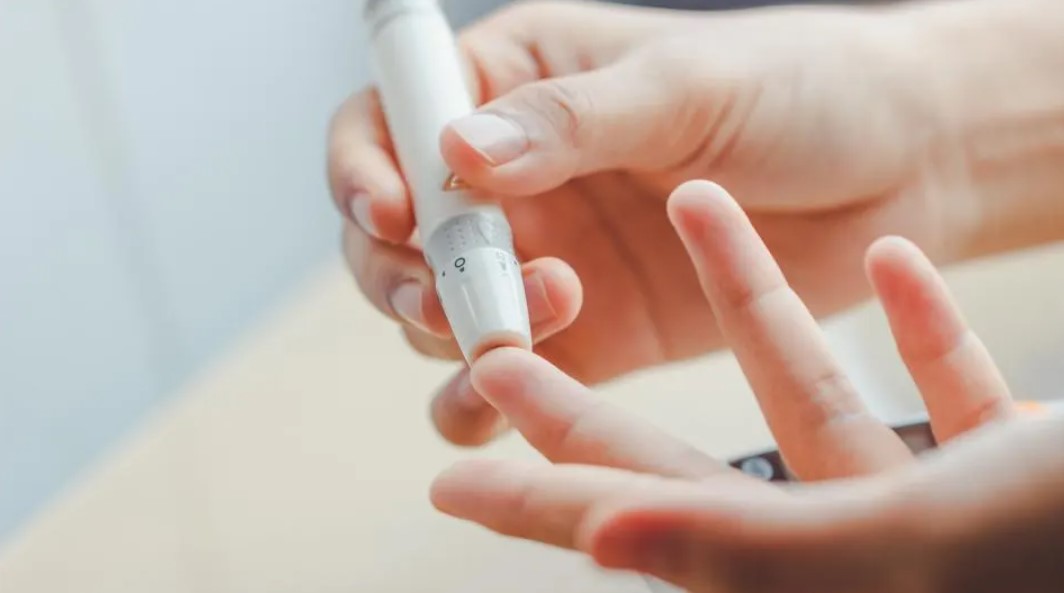
Diabetic Ketoacidosis (DKA) is a term that might sound complex, but understanding it is critical for those navigating the realm of diabetes. This blog states the mysteries surrounding DKA, shedding light on what it is, how it impacts diabetes management, and the essential insights that empower individuals to safeguard their health.
1. The Basics of Diabetic Ketoacidosis
Imagine your body facing a sugar crisis. Diabetic Ketoacidosis occurs when there’s not enough insulin to help your cells use sugar for energy. Instead, your body starts breaking down fat, releasing acidic substances called ketones. This imbalance can lead to a cascade of issues affecting various body functions.
2. Recognizing the Signs and Symptoms
DKA doesn’t knock on the door politely; it makes a noticeable entrance. Symptoms include excessive thirst, frequent urination, nausea, abdominal pain, and even confusion. Recognizing these signs is like having a warning system, prompting timely intervention to prevent complications.
3. The Impact on Blood Sugar Levels
Picture your blood sugar levels going on a rollercoaster without a seatbelt. In DKA, blood sugar levels skyrocket, creating a hazardous situation. Monitoring blood sugar becomes a crucial aspect of managing DKA, helping healthcare providers make informed decisions to bring levels back to safer zones.
4. The Role of Ketones
Ketones, the troublemakers in DKA, are acidic substances that can throw your body’s balance off-kilter. High ketone levels can lead to a condition called acidosis, making the blood more acidic. Understanding this process is like knowing the villains in your body’s story and taking action to restore harmony.
5. Immediate Interventions
DKA isn’t a time for procrastination; it’s a call for swift action. Hydration and insulin become superheroes in this scenario. Replenishing fluids helps combat dehydration, while insulin aids in bringing down those soaring blood sugar levels. Timely interventions are like having an emergency response team ensuring your body’s safety.
6. The Importance of Seeking Medical Help
In the superhero story of DKA management, healthcare providers play the lead role. Seeking medical help promptly is akin to having a seasoned guide in your adventure. Healthcare professionals assess the severity, tailor treatment plans, and ensure a comprehensive approach to recovery.
7. Preventing DKA: A Proactive Approach
The best superhero battles are the ones that never happen. Adopting a proactive approach involves:
- Consistent blood sugar monitoring.
- Adhering to prescribed insulin regimens.
- Recognizing early signs of trouble.
It’s like having a shield that deflects the potential onset of DKA.
8. Post-DKA Care and Recovery
Surviving the DKA battle is just the beginning; recovery and post-DKA care are crucial chapters. Healthcare providers guide individuals in transitioning back to normalcy, emphasizing the importance of monitoring blood sugar levels, adjusting insulin doses, and addressing any lingering challenges. This phase is like the aftermath of a storm – rebuilding and fortifying for a resilient future.
9. Educating the Support System
In the superhero team of diabetes management, family and friends are essential. Educating your support system about DKA signs and emergency protocols ensures a united front against potential threats. Creating awareness among those close to you transforms them into vigilant partners, ready to assist and understand the nuances of diabetes and its complications.
Wrap up
Diabetic Ketoacidosis may sound like a formidable foe, but with knowledge and timely action, it can be managed effectively. Recognizing the signs, understanding their impact, and embracing a proactive stance in diabetes management are powerful tools. By unraveling the complexities of DKA, individuals with diabetes can navigate their health journey with resilience and confidence, ensuring a safer and healthier path forward.


